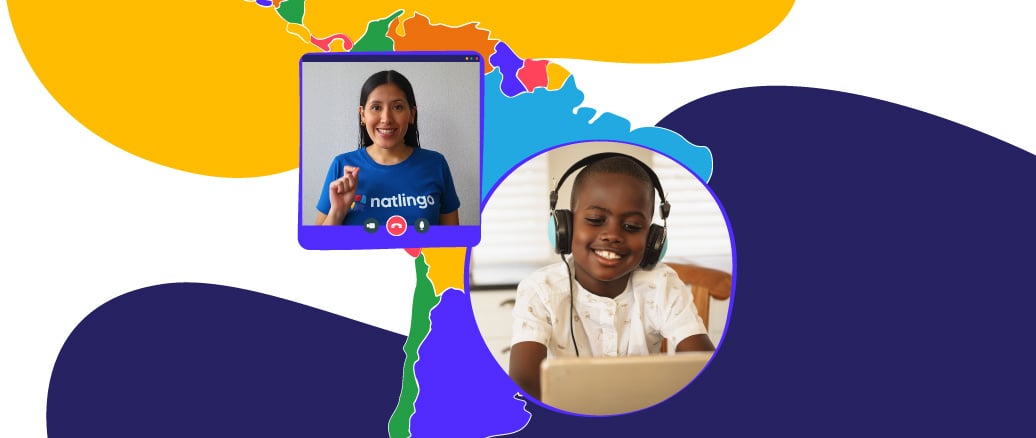One of the most common challenges faced by parents raising bilingual children is when their child responds in English, even when spoken to in Spanish. This scenario is not unusual and can be frustrating, especially for parents who are dedicated to fostering a strong bilingual environment at home. We’ve found some strategies that have helped encourage children to embrace and actively use Spanish in their daily interactions.

Understanding the Challenge
Children often default to the language they are most comfortable with, which in many cases is English, especially if they are attending an English-speaking school or are surrounded by English-speaking peers. This doesn't mean they don't understand Spanish or are resistant to learning it; rather, it reflects their natural preference for the language they hear and use most frequently.
The Importance of Receptive Communication
One of the key strategies is to always be receptive to what children are saying, regardless of the language they use. It’s crucial to acknowledge their efforts to communicate, as this builds their confidence and reinforces their willingness to engage in conversation. However, one should also make it a point to continue the conversation in Spanish.
For example, if your child asks, "What is that?" in English, you can respond with, "Ah, ¿qué es eso? Es tal tal tal…” in Spanish. This approach accomplishes two things: first, it shows that you’re listening and understanding their question; second, it gently guides the conversation back into Spanish. By repeating their question in Spanish and providing an answer in the same language, you’re subtly encouraging them to think and respond in Spanish as well.
Consistency is Key
Consistency is crucial when raising bilingual children. It’s important to make Spanish a regular part of your daily interactions, not just something reserved for certain times or activities. By consistently responding in Spanish, you create an environment where the language is a natural and integral part of your child's life. Over time, they will become more comfortable using Spanish in response, rather than defaulting to English.
Enhancing Spanish Exposure
In addition to regular conversations, enhancing your child’s exposure to Spanish through various media is highly effective. Books, music, and television shows in Spanish can provide rich linguistic input and reinforce the language skills they are developing. It’s particularly helpful to choose content that interests your child, as this will keep them engaged and make the learning process more enjoyable.
Encouraging Spanish Conversations with Others
Another effective strategy is to provide your child with opportunities to practice Spanish with people other than yourself. This could be family members, friends, or through platforms like us at Natlingo, where they can interact with native Spanish-speakers in a natural, fun, safe, and supportive environment. Engaging with other Spanish speakers not only helps reinforce their language skills but also shows them the real-world relevance of being bilingual.
Raising bilingual children is a rewarding but sometimes challenging journey. The key is to be patient, consistent, and supportive. By using these strategies—receptive communication, consistent use of Spanish, enhanced exposure to Spanish media, and encouraging conversations with other Spanish speakers—you can help your child become more comfortable and confident in their Spanish language skills.
Remember, every child’s bilingual journey is unique, and what works for one child may not work for another. The most important thing is to create a positive and encouraging environment where your child feels supported in their language learning journey. If you have any more questions or tips to share, feel free to leave a comment—we’d love to hear from you!



SUBMIT YOUR COMMENT